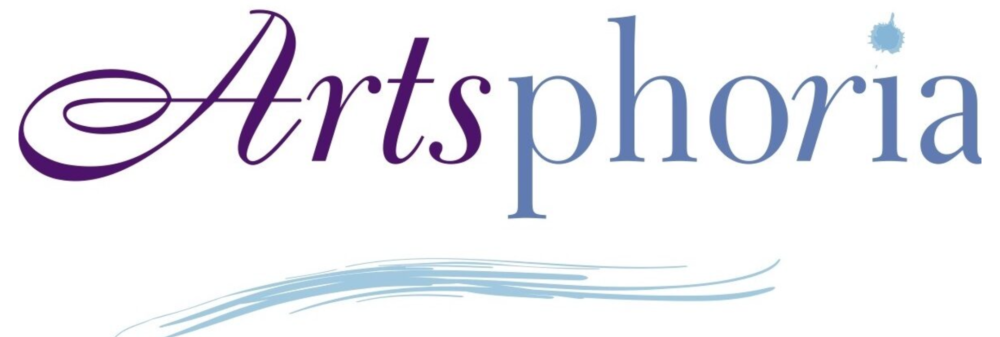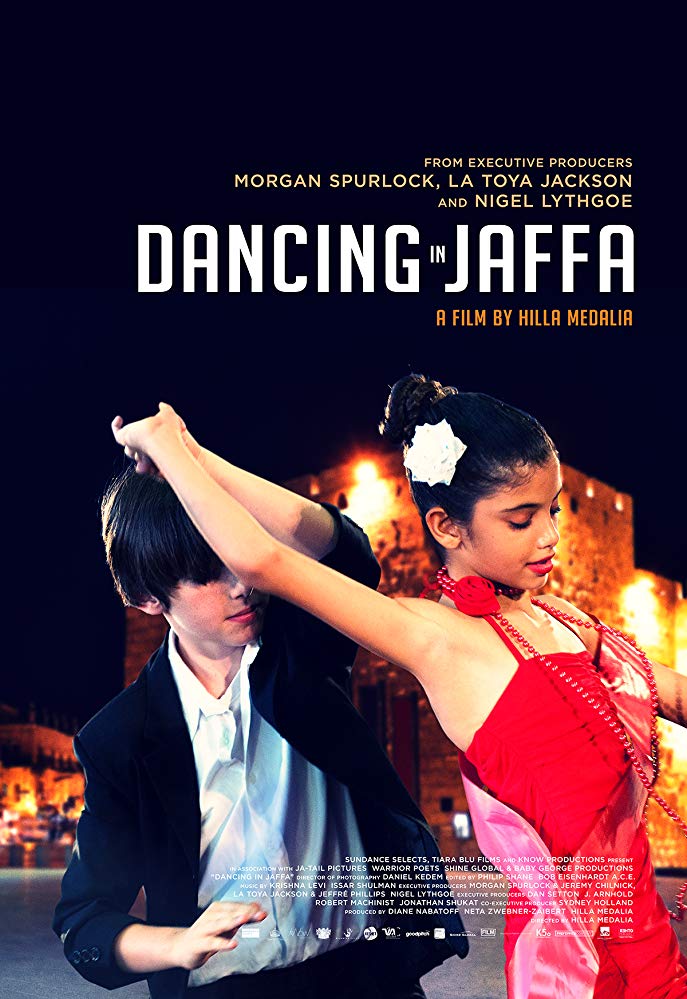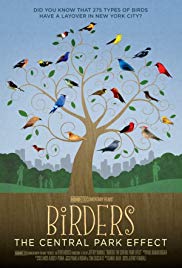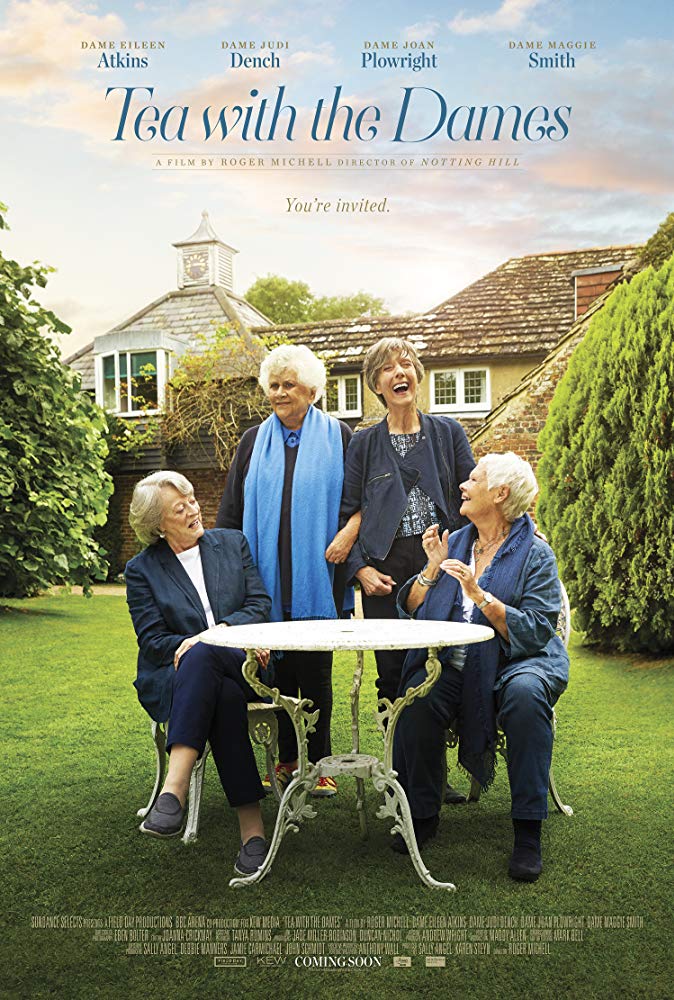By Andrea K. Hammer
Writing With Fire, an Academy Award nominee for Best Documentary feature, is essential viewing for journalists, media watchers and anyone interested in empowering the disenfranchised.
Inspiring Female Journalists at Women-Led News Outlet
The “galvanizing” documentary, written and directed by Rintu Thomas and Sushmit Ghosh, received 25 awards including the World Cinema Documentary Special Jury Award: Impact for Change at the 2021 Sundance Film Festival. Following a fearless group of female journalists at a women-led news outlet, Writing With Fire focuses on the bold reporting of restrictive issues including gender, social caste and politics. The investigative reporters are particularly inspiring when they calmly pursue work despite attempts to block their efforts.
The story of reporter Meera is especially compelling. A model of equanimity, she never appears ruffled even when rebuffed. Through unwavering persistence, Meera and the other investigative reporters set a high bar as they uncover the truth and demand accountability on behalf of the voiceless.
Challenges Facing Reporters Shifting From Print to Digital
Another fascinating aspect of the documentary highlights the reporters’ shift from print to digital journalism. Mirroring some of the challenges facing media outlets around the world, Writing With Fire captures the stumbling blocks that a few of the reporters faced with their new smartphones including buttons labeled in the unfamiliar language of English. As they begin to master video reporting on the fly, the documentary title Reporting With Fire
seems more appropriate.
Bonus Material: Q&A With Filmmaking Couple Balancing Professional and Personal Lives
In the bonus material, the Q&A with screenwriters and directors Rintu Thomas and Sushmit Ghosh provides thought-provoking points about staying out of the way during the reporters’ interviews, shooting from an internal versus an external viewpoint, securing funding that enabled editorial control and balancing professional and personal lives as a filmmaking couple.
Some Unanswered Questions: Interest in More Information
Some questions about the reporters’ story, however, remained unanswered in the documentary or extras: How did the Dalit women learn about the reporting opportunity, prepare for this new challenge and handle early assignments? How did they persist even when others questioned and discouraged their unconventional roles? How were their salaries, smartphones and other expenses funded?
If you know any of the answers about this documentary, please post them now!





